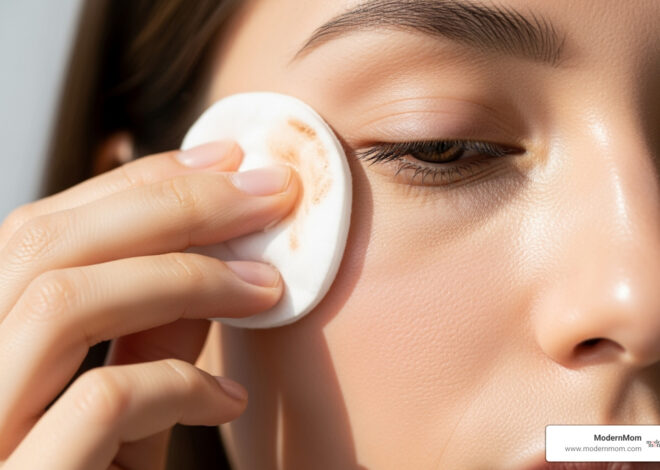Glycolic Acid Uses
Glycolic acid is a type of alpha hydroxy acid derived from sugarcane. Added to creams, scrubs and other products, gycolic acid may be used to treat acne, flakiness or the signs of aging. At low concentrations, glycolic acid is appropriate for home use but may be used at much higher concentrations in the dermatologist’s office.
Chemical Peels
Strong glycolic acid peels can be used in the doctor’s office to treat scarring, lines, discoloration and surface imperfections in the skin. Chemical peels, including glycolic acid, can give you a younger, fresher appearance and clearer skin, according to the Mayo Clinic. Glycolic acid is a powerful exfoliant, removing the top layers of skin. At these higher concentrations, glycolic acid will cause redness and peeling. The effects may be more noticeable on sensitive skin.
Home Treatments
Lower concentrations of glycolic acid are used in home treatments. These will produce a less significant effect than a peel in the doctor’s office but can provide you with fresher and clearer skin. Most glycolic acid peels are applied to clean skin, left in place for around three minutes, then rinsed thoroughly. Use home peels to treat acne, age spots, fine lines and wrinkles or sun damage. Repeat these treatments weekly or every other week for the best effect, according to Glycolic.org.
Daily Use Products
Glycolic acid is a common ingredient in skin care, particularly anti-aging products or those designed for acne-prone skin. Look for moisturizers and cleansers containing glycolic acid to provide a low dose of alpha hydroxy acids. These products will not provide the full effects of glycolic acid peels but may keep your skin smoother, with reduced flaking and fewer imperfections. If you are older but still battling blemishes, glycolic acid cleansers can treat both your acne and concerns about aging skin, according to GlycolicAcid.com.




